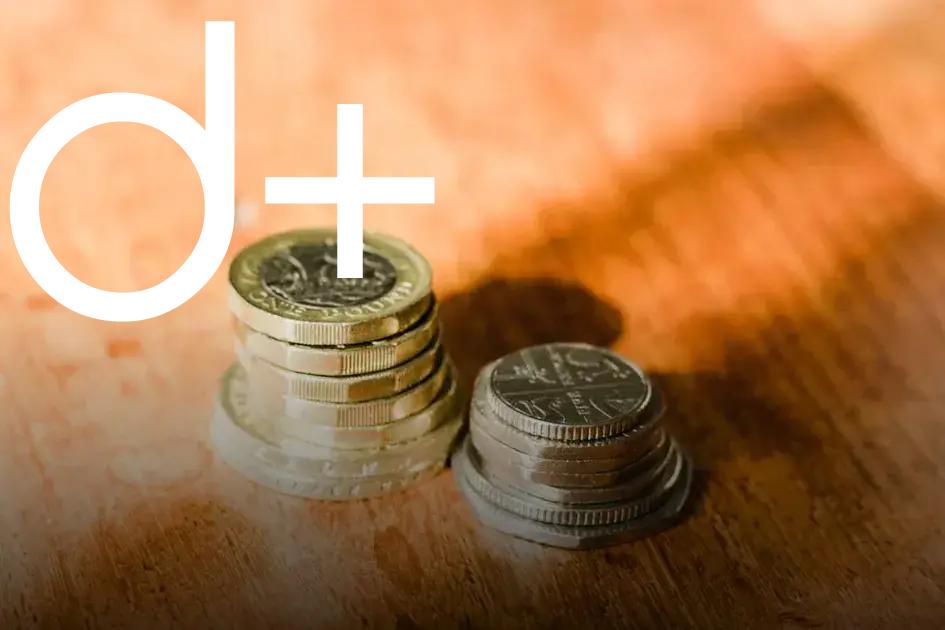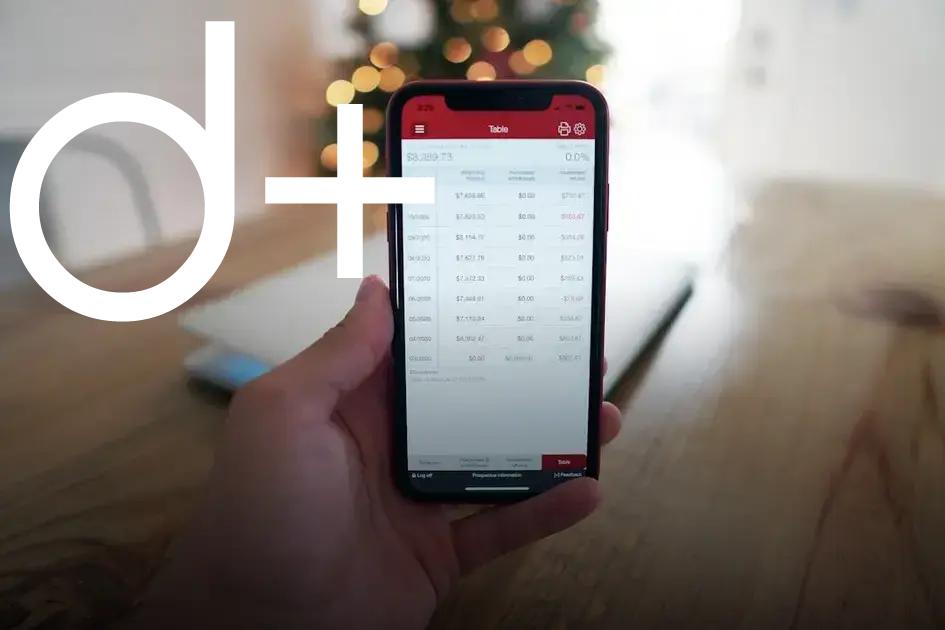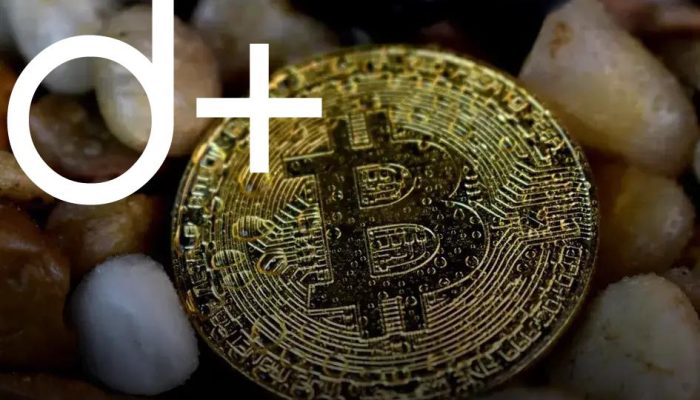The debate on whether Solana is the next Ethereum has captured the attention of the blockchain community, as both cryptocurrencies showcase unique technological advancements and market potentials. Solana, known for its high-speed transactions and low fees, is positioned as a formidable contender in the crypto space. This article delves into the nuances of Solana’s features, comparing them to Ethereum, and explores the potential for future growth while considering the significant challenges Solana might face along the way.
Understanding Solana’s Technology
Solana is a high-performance blockchain platform that stands out due to its unique technology and architecture. One of its key innovations is the Proof of History (PoH) consensus mechanism, which significantly enhances the network’s throughput by timestamping transactions before they are processed. This approach ensures that the sequence of transactions is clear and verifiable without requiring a central time-keeping entity.
What sets Solana apart is its ability to process thousands of transactions per second, thanks to its innovative use of
parallel processing
. Through a technique called Gulf Stream, Solana can validate transactions before they even reach the blockchain, optimizing performance. This makes it an attractive platform for developers looking to build high-frequency applications and decentralized finance solutions.
The platform is also designed with scalability in mind. Unlike traditional blockchains that rely on sharding or layer-two solutions for scaling, Solana’s architecture allows for continued scaling on the main chain without losing its composability.
Furthermore, Solana harnesses Turbine, a block propagation protocol, to break data into smaller, manageable packets. This protocol enables the rapid dissemination of data across nodes, enhancing the network’s overall efficiency.
Comparing Solana and Ethereum Features

When looking at the different features of Solana and Ethereum, it’s essential to understand how each platform tackles key blockchain challenges. Solana is known for its high throughput and efficiency, thanks to its unique Proof of History (PoH) consensus mechanism. This allows the network to process transactions more efficiently, aiming to provide a scalable solution with a high transaction-per-second (TPS) rate.
On the other hand, Ethereum utilizes a Proof of Stake (PoS) model through Ethereum 2.0 upgrades, which not only improves energy efficiency compared to its previous Proof of Work model but also aims to enhance network security and enable future scalability upgrades.
Performance Comparison
Solana’s architecture allows for faster transaction timings, often reaching up to 65,000 TPS, making it an appealing choice for applications requiring rapid and low-cost transactions. However, Ethereum provides a robust ecosystem with a vast developer community, enabling a rich variety of decentralized apps (dApps).
When it comes to smart contract functionality, both platforms offer robust capabilities, but Ethereum leads in widespread adoption and developer resources, thanks to its established framework and extensive documentation.
Another crucial aspect is the fee structure. Solana is praised for its low cost, making it a potential alternative for developers aiming to minimize expenses, while Ethereum offers significant market dominance, creating greater potential for established projects to gain visibility.
Market Potential and Growth
Solana’s market potential lies in its groundbreaking technology and its ability to address some of the major hurdles faced by existing blockchain networks. By offering high throughput and low transaction costs, Solana is poised to support a vast array of applications, from DeFi to NFTs, ensuring scalability without compromising on decentralization. This unique proposition appeals not only to blockchain developers but also to enterprises looking to harness blockchain technology for various use cases.
The growing ecosystem of dApps and projects building on Solana is a testament to its burgeoning presence in the blockchain sector. With major partnerships and an expanding developer community, Solana is continuously innovating, positioning itself as a formidable contender against established networks like Ethereum.
Investors are eyeing Solana as a promising opportunity due to its impressive growth metrics. The significant increase in its market cap and adoption rate underscores a positive trend that many believe could redefine the competitive landscape in the crypto space. As institutional interest surges, Solana’s market potential continues to expand, further solidifying its position in the blockchain industry.
Challenges Facing Solana’s Rise

Solana has rapidly gained attention as a blockchain platform due to its scalable structure and fast transaction speeds. However, several challenges may hinder its ascension to widespread adoption comparable to Ethereum.
One of the notable challenges is the issue of network outages. Solana has encountered multiple instances where its network faced downtimes, affecting reliability expectations crucial for a blockchain aspiring for mainstream usage.
Another critical challenge lies in the decentralization debate. Solana’s architecture, while being fast, has raised concerns regarding the level of decentralization, which is a core ethos of blockchain technology. Skeptics often point out that true decentralization is compromised, potentially making it less attractive to those who prioritize this aspect.
Moreover, Solana is facing intense competition from not only Ethereum but also other emerging blockchains like Cardano and Polkadot, which offer their own set of compelling features. This competitive landscape requires Solana to innovate continuously to stand out.
Security concerns also present a hurdle. Although Solana offers robust security protocols, past incidents have highlighted vulnerabilities in smart contracts on the network, necessitating ongoing vigilance and improvements.
In addition, the ecosystem around Solana, including developer resources and tools, must expand to nurture a thriving dApp landscape. This growth is dependent not only on technical merits but also on community and investor support, which can be volatile and fluctuating.
These challenges denote areas where Solana must focus its efforts to sustain and drive forward its vision of shaping the future of blockchain technology.







![BANNER 1 - HOME [QUADRADO]](https://dailyfindinvestment.com/wp-content/uploads/2025/01/BANNER-300-X-300.gif)
